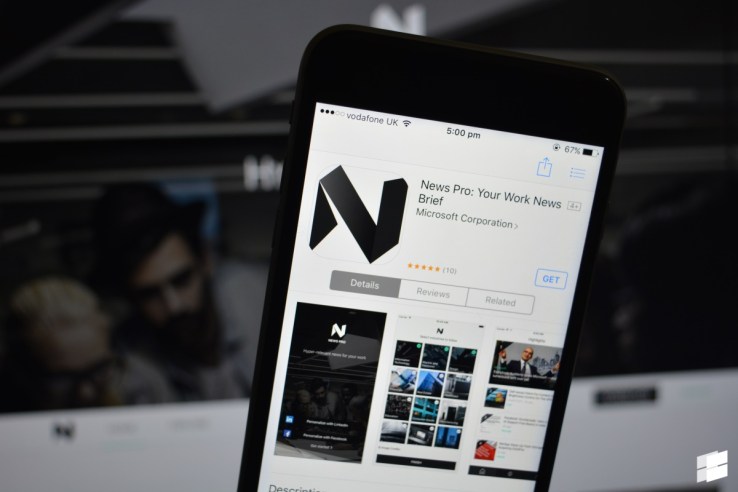Samsung showed off its first-ever cord-free earbuds Thursday, extending its line of wearable fitness gadgets.
The Gear IconX has built-in heart rate and distance monitoring that works by using an optical sensor and accelerometer.
The earbuds can play music with or without a phone, and they can take calls when paired with a phone by acting as a Bluetooth headset. They have 4 GB of internal storage and can stream Spotify, Google Music and Pandora (P) through a Bluetooth-connected smartphone. There's also a cool ambient sound feature that lets outside noise blend in with the audio.
I spent a little time wearing them and found the earbuds to be very comfortable and secure. I ran on a treadmill at about 6 mph for two minutes and they felt securely tucked in my ear -- after I found right size plugs. (One of the earbuds fell out about halfway through on my first attempt.)
The sound quality is rich and full, and volume and menu options are accessed through touch control.
The Gear IconX earbuds come in a charging case that can hold two additional full charges. Samsung says battery life should run around one and a half hours if the earbuds are paired to a phone and three hours if they're not.
Cordless earbuds aren't a new concept, but current models tend to be either too expensive with too few features, or inexpensive and questionable quality.
At $200, the Gear IconX isn't exactly cheap, but Samsung will likely offer promotions for the device in the third quarter when they become available. There are three colors -- black, white and blue.
I stopped listening to music at the gym last year after I crushed my iPhone between the pedals of an elliptical machine. Luckily, only the charging port was dented, but it was enough for me to understand that cords and swinging arms don't mix.
Still, cords and wires at least make it easier to find headphones in a bag, and if you lose one of these earbuds, you'll have to buy a whole new set.
Samsung also introduced an update of its Gear Fit activity tracker Thursday.
The Gear Fit2 now has GPS, a much wider screen that displays text vertically and a curvier shape for better fit. The Gear Fit2 also comes in a smaller size.
Like the Gear IconX, the new Fit has 4 GB of storage and Spotify is built in to play play music without a phone. The Gear Fit2 is also waterproof for up to half an hour.
Pre-orders for the Gear Fit2 start Friday for $179.




